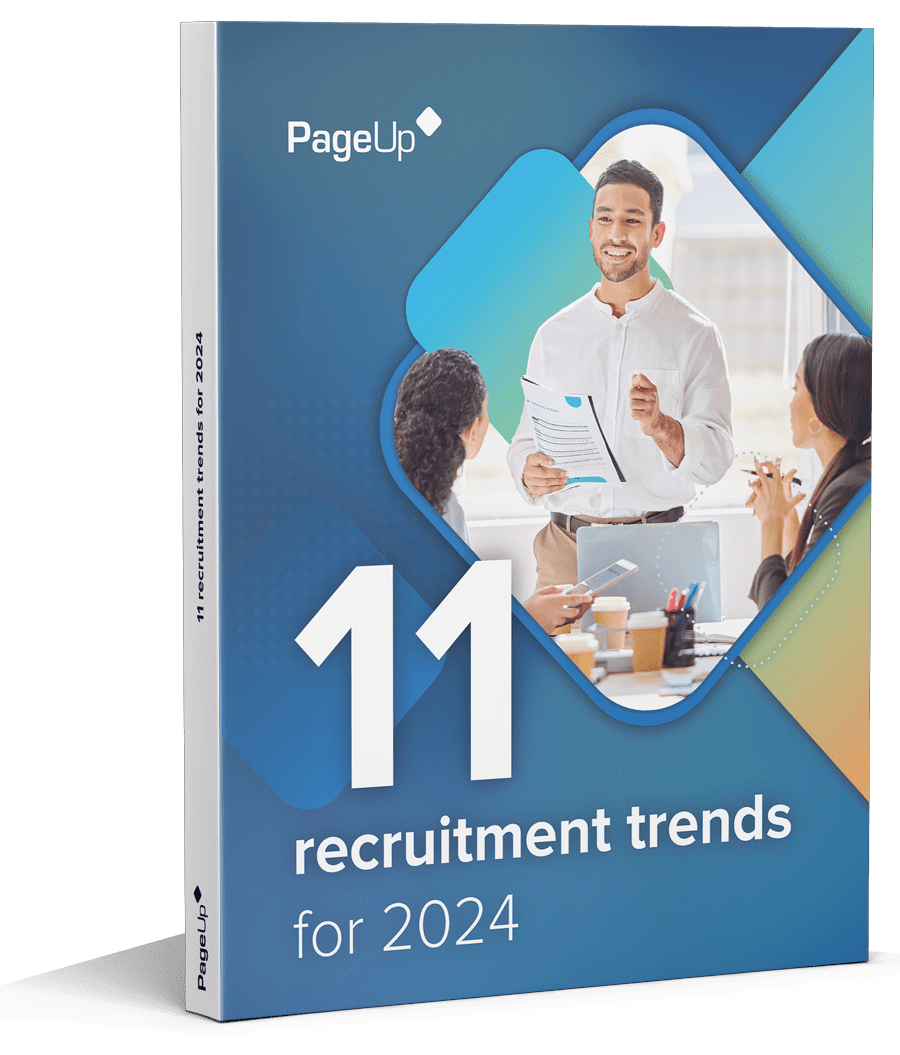The number of position descriptions required by any one organisationorganization varies significantly. They need streamlined processes and technology to ensure they have the most up-to-date information when they need it, are compliant, and can enable people leaders to keep position descriptions current.
To fully understand our customer’s needs, a group of PageUp team members – including a UX designer, a developer, a Technical Advisor and Product Owner visited eight Higher Education clients across the USA. They sat with customer teams on campus, heard their challenges, needs and ideas, and brought their research back to Australia to analyze.
Position descriptions play an important part in the overall recruitment process. They provide potential employees an overview of a role, accountabilities, key skills and attributes, experience levels, salary banding and other mandatory requirements. More importantly, position descriptions give employees a clear view of pathways to build their careers within an organisationorganization.
Viveka de Costa, Senior UX Designer and Rebecca Achilleos, Product Owner at PageUp are members of the cross-functional team focused on delivering greater efficiencies for PageUp customers in the US higher education market – by understanding their position description needs, testing concepts and collaborating on solutions. “We were really excited about the opportunity for our product team to engage closely with our US higher education customers. Working alongside them gave us valuable insights into their pain points – which then helped us empathiseempathize, and collaboratively design solutions that deliver a better user experience for all of our customers,” says Achilleos.
Understanding regulations and unions
As a starting point, the team went through a process of understanding why position descriptions are crucial for the US higher education market. “For many of our US higher education customers, position descriptions are key to providing transparency for all parties about the expectations and accountabilities for roles within their organisationsorganizations. A lot of roles are very specific about what you can and cannot include,” says de Costa.
The team learned that most roles are heavily regulated – all activities and tasks need to be clearly and fairly described. This works for the mutual benefit of all parties.
Position descriptions to meet employee, employer and regulatory requirements

It’s imperative for position descriptions to reflect working arrangements. Employers want to clearly prescribe and differentiate the expectations they have for employees in different roles, as they provide clear pathways for career growth and development within an organisationorganization. “We know that internal mobility is a fundamental element for all of our customers – and position descriptions can help facilitate this,” says Achilleos.
With a greater understanding of what’s required of position descriptions, the product team were well-positioned to progress to defining their focus areas and hypotheses.
“We know that internal mobility is a fundamental element for all of our customers – and position descriptions can help facilitate this.”
Key focus areas and hypotheses
During client discovery sessions, the team identified common themes emerging across the board. Collaboration is becoming increasingly important within organisationsorganizations – multiple stakeholders are working with position description documents. Enabling users quick and easy access to the correct position description they’re looking for is important. Visibility into changes over time is critical – the “who did what when” has to be a transparent process. There is a growing requirement for compliance and approval processes within the position description management workflows – right from the creation of position descriptions through to advertising a role.
The team found that some manual approval tasks were slowing down the overall process. This helped them to focus on delivering solutions to minimiseminimize manual input, while still maintaining confidence in the final stages of job posting.
People leaders as users
 The team discovered that processes that have traditionally been owned by HR departments are increasingly being actioned by people leaders. OrganisationsOrganizations are empowering people leaders to manage position descriptions throughout the employee lifecycle. It’s their responsibility to ensure everything from classification to language use is correct. By having robust position description management processes, organisationsorganizations can ensure regulatory compliance and transparency.
The team discovered that processes that have traditionally been owned by HR departments are increasingly being actioned by people leaders. OrganisationsOrganizations are empowering people leaders to manage position descriptions throughout the employee lifecycle. It’s their responsibility to ensure everything from classification to language use is correct. By having robust position description management processes, organisationsorganizations can ensure regulatory compliance and transparency.
“Reducing complexity and ensuring a great user experience in the position description management process will ultimately enable users outside central HR departments to take on some of this work. This will allow HR teams to focus on core functions like organisationalorganizational strategy and human capital management,” says de Costa.
Experiments are now underway to help define solutions. The team is working closely with customers within a user-centred design process to deliver solutions that will address the challenges and diversity of specific needs within the market.
“Reducing complexity and ensuring a great user experience in the position description management process will ultimately enable users outside central HR departments to take on some of this work.”
The future of position descriptions
 While the team are currently focused on the US higher education vertical, their overall mission is to build globally-focused solutions for all PageUp customers. “Doing all of this great work with our US customers showed us that while the regulatory and organisationalorganizational contexts are different, the overall challenges are similar across the globe,” says de Costa.
While the team are currently focused on the US higher education vertical, their overall mission is to build globally-focused solutions for all PageUp customers. “Doing all of this great work with our US customers showed us that while the regulatory and organisationalorganizational contexts are different, the overall challenges are similar across the globe,” says de Costa.
Client feedback from the collaboration sessions was also positive.“I have to say that this is the first time that a vendor like yours has worked with us in this capacity and it’s very refreshing,” said Troy Washington, Vice President for Human Resources at The University of Dayton.
Future iterations will see the team focusing on easier tracking and increased visibility of changes to position descriptions over time. “We will continue to adopt a user-centered and collaborative approach, so we can deliver simplified processes for all of our customers.”
Fresh insights for HR
Stay up to date with HR trends, tips and more when you sign up for our industry newsletter





